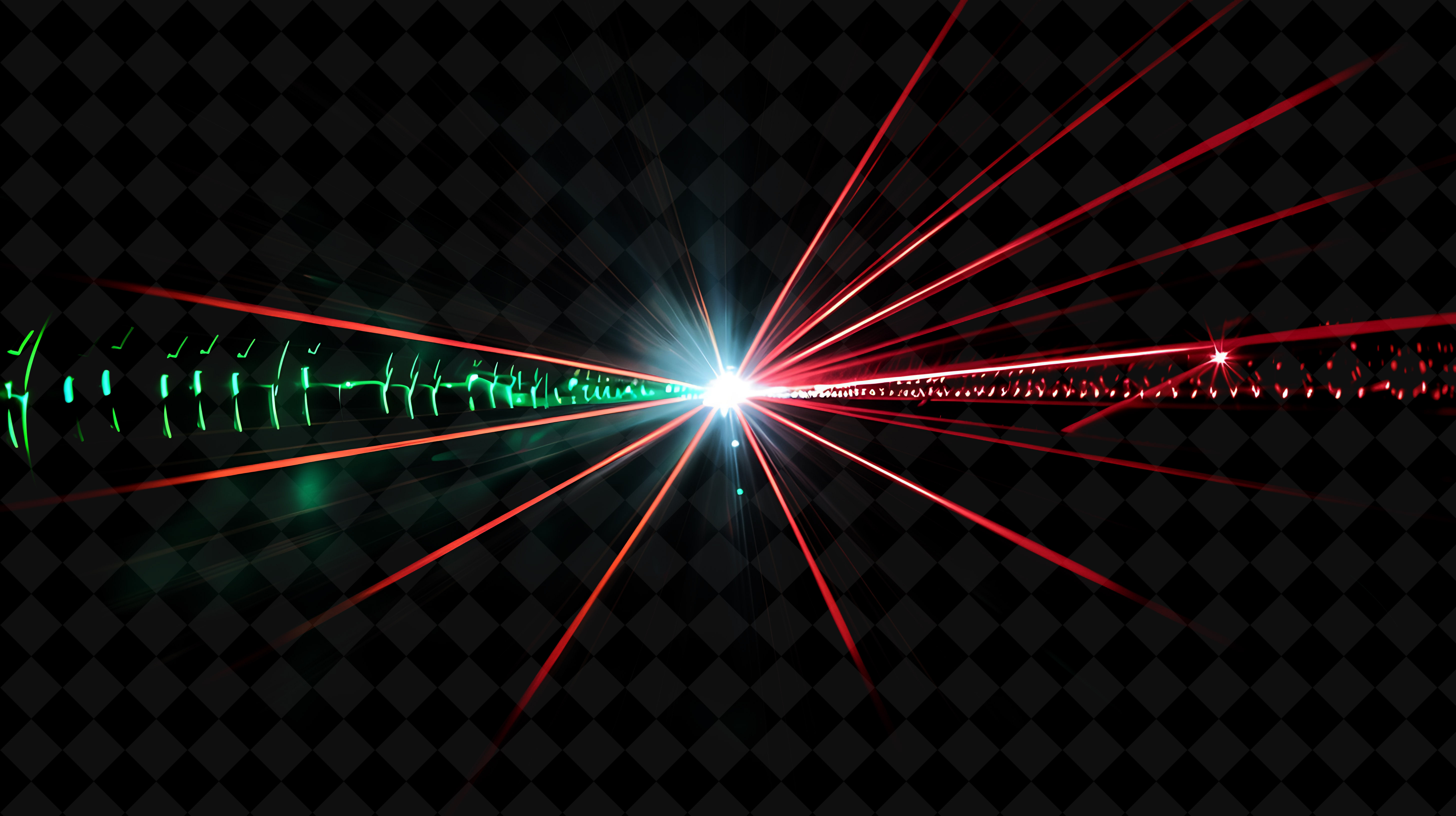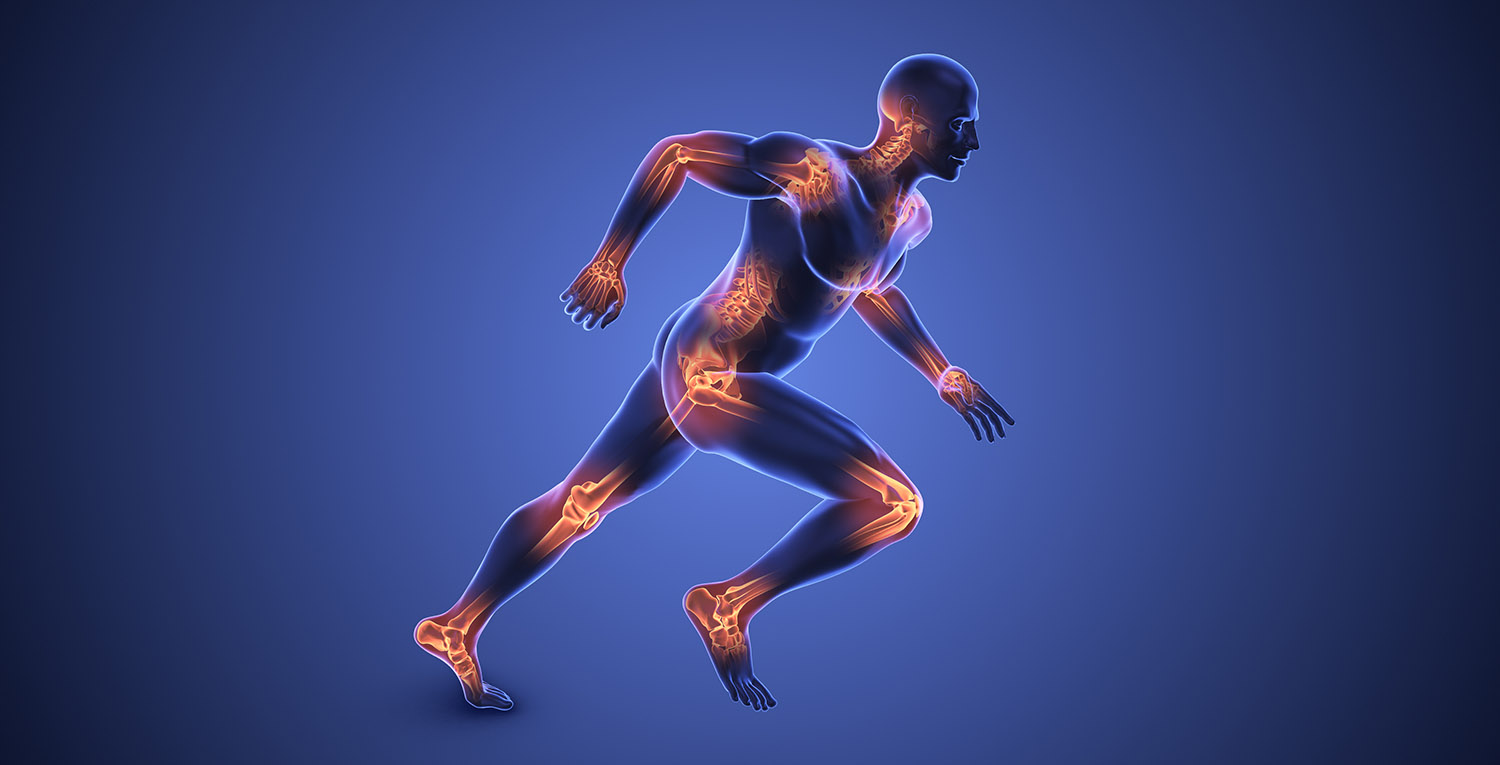
The Role of Photobiomodulation (PBM) and Low-Level Laser Therapy (LLLT) in Wound and Fracture Healing
Wound and fracture healing are essential processes in the body’s natural repair mechanism. However, in some cases, the healing process can be delayed or compromised due to various factors such as infections, inadequate blood flow, or chronic conditions like diabetes. Over the past few decades, innovative therapies have emerged to assist in enhancing the healing process, and one such technique is Photobiomodulation (PBM) therapy, commonly known as Low-Level Laser Therapy (LLLT). This technology offers promising benefits for patients suffering from wounds, fractures, and other injuries that require accelerated recovery.
What is Photobiomodulation (PBM)?
Photobiomodulation, formerly known as Low-Level Light Therapy (LLLT), involves the use of specific wavelengths of light, typically in the red or near-infrared range, to stimulate cellular processes. Unlike high-powered lasers used for cutting or ablating tissues, PBM uses low-intensity light that does not produce heat. Instead, the light penetrates the skin and underlying tissues, leading to various biological effects at the cellular level, which aid in healing and tissue repair.
The application of light to tissues encourages photochemical reactions that promote cell proliferation, reduce inflammation, and enhance tissue regeneration. This therapy is non-invasive and has been found to be effective in a wide range of conditions, from chronic pain management to wound and fracture healing.
Mechanisms of Action: How PBM Affects Healing
The biological effects of PBM are primarily based on its interaction with mitochondria, the energy powerhouses of cells. When light photons are absorbed by cellular chromophores, such as cytochrome c oxidase in the mitochondria, it triggers a cascade of events that enhance cellular metabolism. This process increases the production of adenosine triphosphate (ATP), the energy currency of the cell, which is vital for cell proliferation, tissue repair, and overall healing.
Additionally, PBM therapy has been shown to:
- Stimulate angiogenesis (the formation of new blood vessels) which improves oxygen and nutrient delivery to the affected area.
- Modulate inflammation, reducing swelling and pain associated with injuries and wounds.
- Increase collagen production, which is crucial for wound closure and scar formation.
- Enhance fibroblast function, promoting faster tissue repair.
Application of PBM in Wound Healing
Wounds such as abrasions, ulcers, burns, and surgical incisions can sometimes present difficulties in healing, particularly in patients with underlying health conditions or infections. PBM has demonstrated efficacy in accelerating the wound healing process by promoting tissue contraction, improving blood circulation, and reducing the risk of infection.
A notable study supports the efficacy of PBM in wound healing. In this research, low-level laser therapy significantly improved the healing of wounds, including surgical incisions and burns, in a majority of cases. The study highlights the role of PBM in enhancing the contraction of surrounding tissues and reducing healing times.
Photobiomodulation and Chronic Wound Management
Chronic wounds, such as diabetic ulcers or pressure sores, often fail to heal adequately with standard care methods. These wounds can lead to complications, such as infections or the need for surgical interventions. PBM offers a safe and effective adjunct therapy to traditional wound care methods. By promoting angiogenesis and improving cellular metabolism, PBM encourages faster closure of chronic wounds. This can be especially beneficial for diabetic patients, who often experience delayed wound healing due to poor circulation and immune function.
One study examining the use of PBM on chronic wounds, including diabetic ulcers, found significant improvements in healing rates when combined with standard wound care practices. The application of PBM not only accelerated wound closure but also reduced the incidence of complications such as infections and the need for further surgical interventions.
Fracture Healing and Bone Repair with PBM
PBM has also shown promise in the field of bone repair and fracture healing. Traditionally, fractures heal through the body’s natural processes of inflammation, repair, and remodeling. However, in some cases, fractures may take an extended period to heal, or complications such as delayed union or nonunion may arise.
Studies have shown that PBM can promote bone healing by increasing the activity of osteoblasts, the cells responsible for new bone formation. Additionally, PBM has been found to reduce inflammation around the fracture site, thereby aiding in pain management and accelerating the overall healing process. The therapy also supports the deposition of collagen, a critical component of bone matrix formation.
In a clinical study, patients who received PBM therapy after fractures demonstrated quicker healing times and better functional outcomes compared to those who received standard treatment alone. PBM’s ability to enhance cellular repair and improve blood flow contributes to more effective bone regeneration.
Benefits of PBM in Wound and Fracture Healing
The advantages of using PBM in wound and fracture healing are numerous, particularly for patients who may not respond well to traditional therapies or are seeking non-invasive alternatives. Some of the primary benefits include:
- Non-invasive and painless: PBM requires no surgery or injections, making it an attractive option for patients with a low tolerance for invasive procedures.
- Accelerated healing: By improving cellular metabolism and promoting angiogenesis, PBM can reduce the overall time needed for tissue repair.
- Reduced risk of infection: PBM improves blood flow to the affected area, enhancing immune function and reducing the likelihood of infections in wounds.
- Enhanced tissue regeneration: PBM supports collagen production and tissue contraction, leading to better cosmetic outcomes, especially in scar healing.
- Pain management: PBM has been shown to modulate inflammation and reduce pain, providing relief during the healing process.
The Future of PBM and LLLT in Clinical Practice
As more studies continue to demonstrate the efficacy of PBM and LLLT in wound and fracture healing, these therapies are becoming increasingly recognized in both clinical and outpatient settings. Medical practitioners are exploring PBM as a complement to traditional treatments, particularly in cases where healing is delayed or complicated.
For example, surgeons are beginning to integrate PBM into post-operative care to improve incision healing and minimize scar tissue formation. In the realm of orthopedics, PBM is being considered as a potential adjunct therapy for patients recovering from fractures or joint replacement surgeries.
Photobiomodulation (PBM) and Low-Level Laser Therapy (LLLT) have emerged as powerful tools in promoting wound and fracture healing. Their ability to stimulate cellular processes, reduce inflammation, and enhance tissue regeneration offers a promising approach for patients struggling with delayed healing. With an increasing body of research supporting their efficacy, PBM therapies are set to play a significant role in modern medical treatments for wound care and bone repair.
Studies, such as those mentioned earlier, highlight the tangible benefits of PBM in wound healing, making it a valuable addition to the arsenal of techniques aimed at improving patient outcomes in clinical practice.
Example study: The use of Low-Level Laser Therapy has shown significant improvements in wound healing, particularly in cases involving surgical incisions, burns, and ulcers. This study underscores the effectiveness of LLLT in accelerating healing and reducing the complications often associated with chronic wounds.


